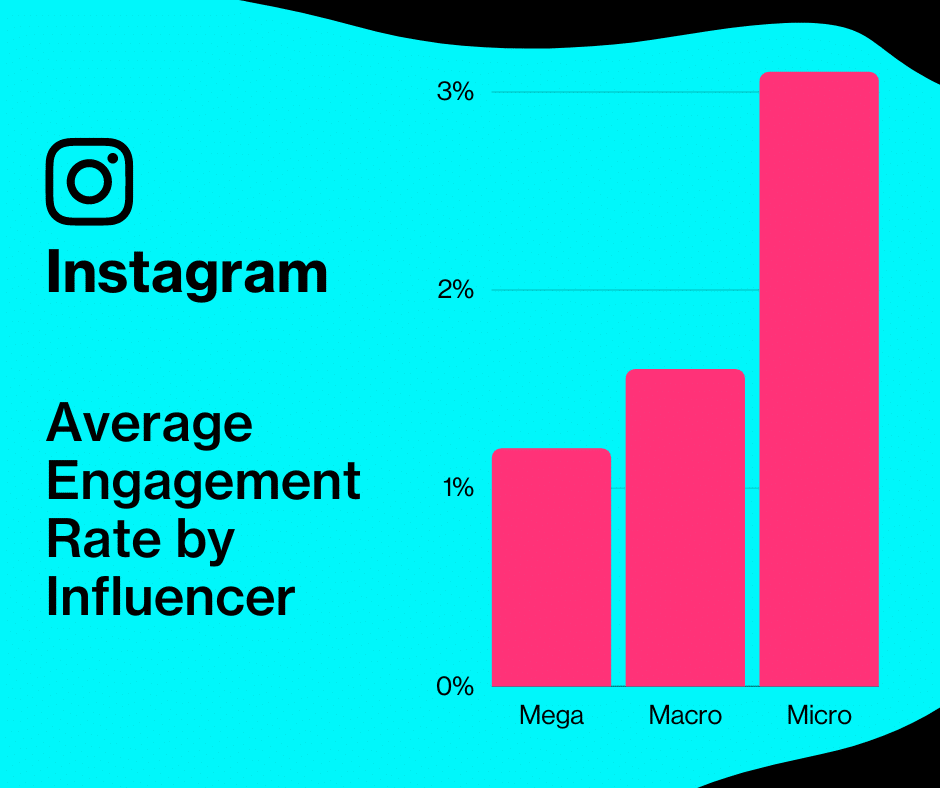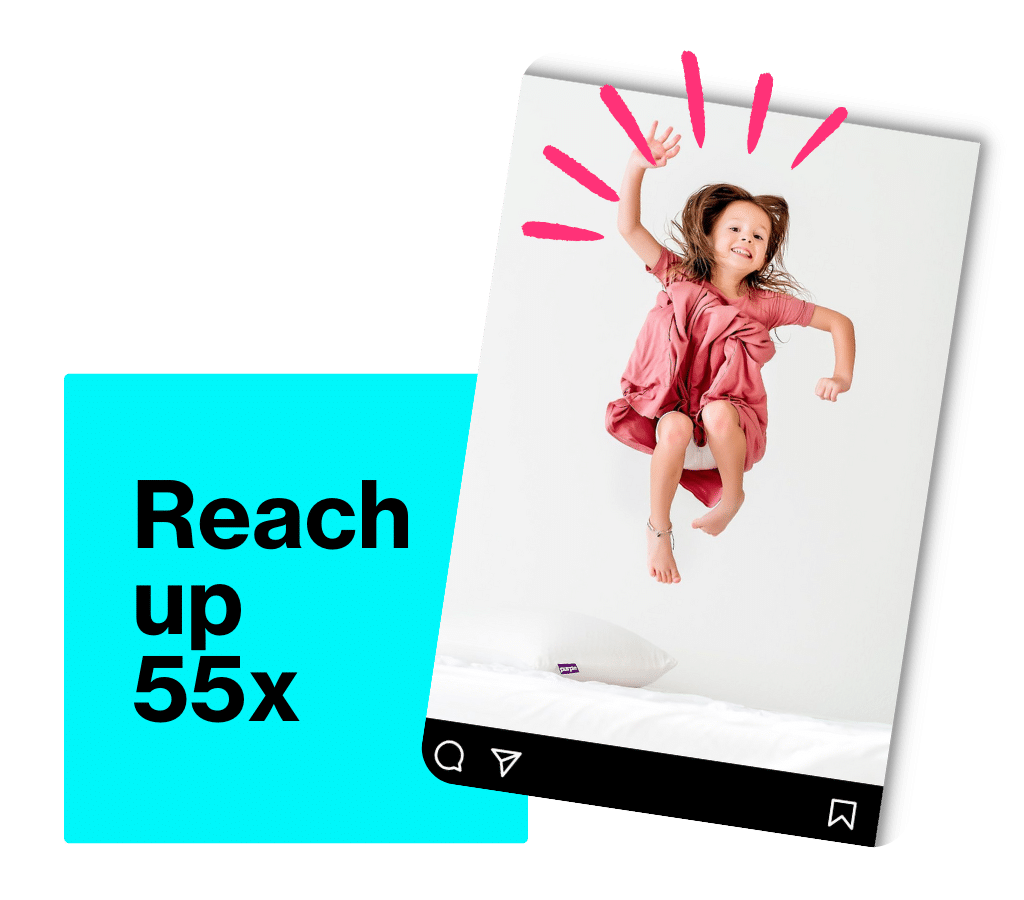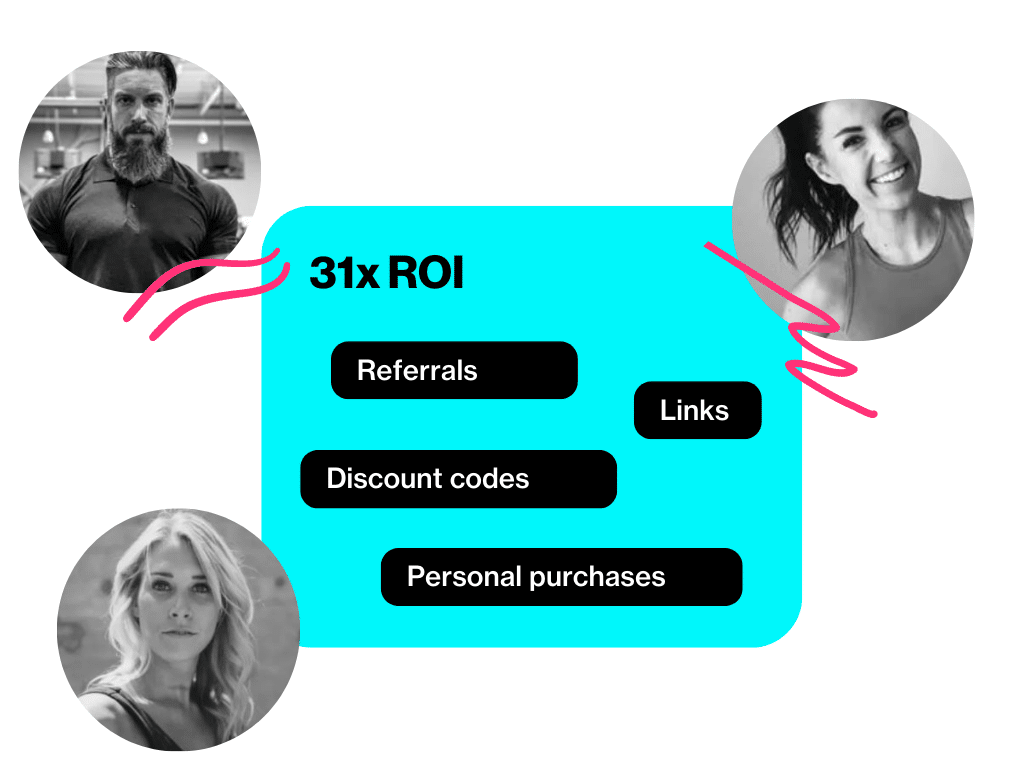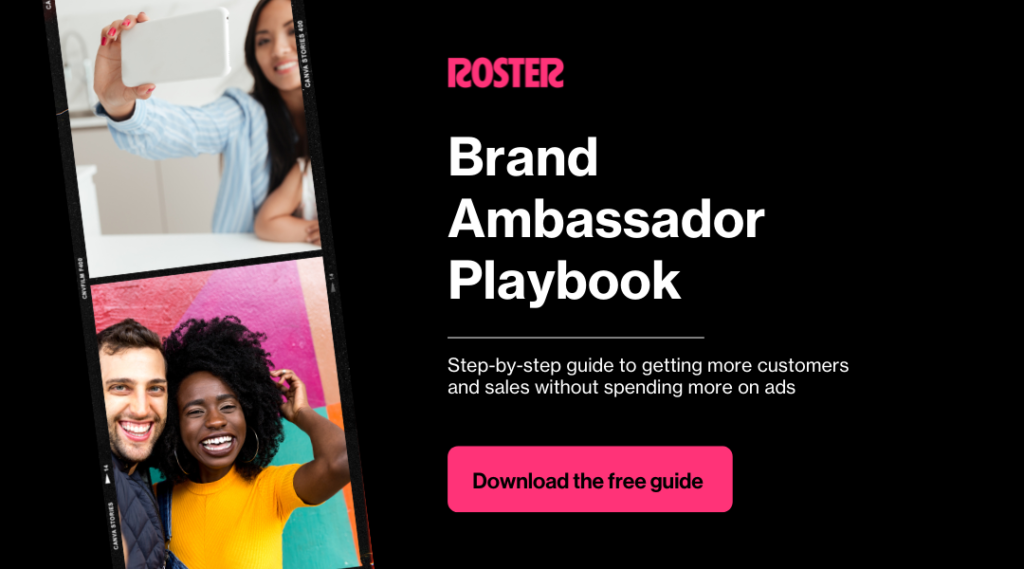
Ads or Brand Ambassadors: Which One Is Right For Your Business?
Getting your company’s name out there is vital for success. Whether you promote your brand using free marketing methods or have a healthy budget to pay for ads and online marketing, these tips will help you succeed with your marketing efforts.
Many businesses are under the impression that they must choose between ads or brand ambassadors. It’s not as simple as picking one over the other.
Brand ambassadors are a type of influencer that can connect with the public on a more personal level than ads. As brand ambassadors, these people aren’t paid professionals but rather everyday individuals who leverage their social media presence and ability to portray the brand they represent.
Unlike advertisements, brand ambassadors don’t have to cost your business a fortune. In addition to being affordable, they also help you achieve your marketing goals much faster than traditional forms of advertising would.
Do you need some help deciding whether to invest in ambassador marketing or stick with paid ads? Or maybe you wonder if working with brand ambassadors is the right marketing strategy for your business. You’ll find the information and insights you need for your business in this article.
What is a brand ambassador?
A “brand ambassador” is a person who promotes a company in a favorable way. To generate interest in a company’s goods or services, these people often make a concerted effort to share their genuine positive reactions to them publicly.
Regardless of how many followers they have on social media, a brand ambassador is someone whose real enthusiasm for a company and genuine interactions with their network create genuine buzz.
A company’s ambassadors are often its most devoted consumers and biggest advocates, all of whom work tirelessly to increase the company’s online and offline visibility and revenue.

How do brand ambassadors differ from ads?
Ads are usually short, snappy promotions, mainly focusing on selling a product or service. For example, most TV advertisements sell a product such as a car, laundry detergent, or health product. Ads can also promote a service such as a restaurant, hotel, or travel destination.
Media outlets get paid by ad buyers to display their commercial content. The media industry includes TV and radio networks, websites, search engines, social networking sites, print publications, and online news outlets.
Brand ambassadors, on the other hand, aren’t paid promoters. They are people who genuinely like your brand, want to share it with their followers, and are often rewarded for doing so.
The advantages of brand ambassadors
There is one significant motivation behind why businesses use brand ambassadors.
Real people!
Instead of advertisements that often feel fake and one-sided, brand ambassadors have a genuine and authentic appeal that resonates with the masses.
Whereas brand ambassadors are real people with their own opinions, feelings, and lifestyles – ads are often scripted, repetitive, and follow a certain pattern. This can cause readers to become desensitized over time and tune out the message.
Ambassadors also have a personal connection with your brand, making them feel more inclined to promote it. This connection can result from product seeding. However, if you start a customer ambassador program, they are already someone who truly likes your brand and would promote it even without exchanging goods or services.
Ads, on the other hand, lack personal connections to your customers, which can make your message less effective.
Higher engagement rate
When you have brand ambassadors promoting your brand, you have a better chance of receiving likes, comments, and shares on social media posts. What’s more, consumers are much more likely to click on links that real people post than they are to click on ads.

Higher conversion rate
Because your audience is more engaged with your brand, you have a higher chance of converting them into paying customers.
Remember – when consumers click on a link and find the information they’re interested in, they are more likely to buy what you’re offering.
Higher customer satisfaction
When you use brand ambassadors to promote your brand, you’re putting your customers at ease and making them feel like they’re among friends.
The satisfaction and loyalty of your customers increase as a result of this. Ads, on the other hand, can make customers feel like they’re being intruded upon or spammed.
Higher ROI
When you use brand ambassadors to promote your brand, you’re not only targeting individuals who would like to buy your product or service but also potential long-term customers who just want to learn more about what you have to offer. This can boost your return on investment (ROI) and help you reach your sales goals much faster.
Ambassador marketing may be thought of as “word of mouth” on steroids. Using a natural and credible method will help you win over new clients at a far lower cost.
Advocates for a brand are enlisted to spread the word online and in person through various promotional initiatives. It’s a lot cheaper than traditional forms of advertising. Statistics show that advocacy marketing often yields a 550% ROI. Companies are earning a whopping $6.50 in return on every dollar they put in.
Learn how one athletic gear company used influencers, experts, and brand ambassadors to dramatically increase their marketing ROI. Read the Vooray case study.
Why you should be using brand ambassadors
Brand ambassadors are trustworthy
People are more likely to believe something if it’s coming from a friend than if it’s being advertised to them.
Ambassadors give your brand credibility
One of the most remarkable strategies to develop credibility is collaborating with people who already love your brand. Advocates and ambassadors are essential if you want to improve your online reputation.
Ambassadors allow you to expand your reach
By promoting your brand through social media, you’re able to reach new audiences and people who might not ever come across your ads. See how many top companies use Roster to expand their reach on the Roster case studies page.

Ambassadors can help you generate leads
When you have brand ambassadors promoting your brand, they’re more likely to receive questions, comments, and leads than you would if you were to run ads.
They nurture relationships
When brand ambassadors promote your brand, you have a better chance of building and nurturing relationships with your customers than if you were to run ads.
Advantages of ads
Advertising is a tried-and-true method of marketing that has been around for decades. Ads can be very effective in getting your name out there.
The four most important factors in a company’s success are brand recognition, targeted traffic, and high conversion rates. Advertising enhances every one of these aspects.
Ads improve brand recognition
Building brand recognition is the first step in influencing consumers to make purchases from your company. To that end, spending money on advertisements can be helpful.
You may use sponsored search advertisements to get to the top of Google’s search engine results pages (SERPs) for certain keywords. Advertising helps build brand awareness and attracts new customers.
Digital billboards and print advertisements, for example, may do a lot to spread the word about a business, too. They expose your business to more potential buyers and boost your company’s name recognition.
Ads boost store traffic
Advertising generates outcomes more quickly than traditional methods of promotion.
Consider PPC and SEO as examples. Paid search marketing promotes a company’s name more quickly than organic search engine optimization (SEO), which can take months or even years to bear fruit. Your ads will start showing up in front of the right Google users as soon as your pay-per-click (PPC) campaigns are approved.
Ads can increase conversions
There are several different ways in which online advertising may increase conversion rates.
Take paid search advertisements and social media advertisements as an example. They are pretty specific. You can define the ideal audience for the ads. Targeting specific demographics based on age, gender, geography, family status, income, education, content preferences, prior purchases, and more is easy.
Re-engaging customers with ads
Digital advertising is a powerful way to retarget previously engaged customers. Additionally, you can remarket to your website and social media visitors.
These initiatives push customers to buy the items they viewed but did not complete the transaction for the first time on your website. Typically, remarketing campaigns use Google Ads, Facebook retargeting, LinkedIn Ads, and other similar advertising platforms.
Why run paid ads?
Ads can help you reach a larger audience than you could by relying solely on brand ambassadors. If you’re having trouble finding brand ambassadors or just want to reach as many people as possible, running ads can help.
Ads are an excellent way to test different marketing strategies and find out what works best for your business. If you’re unsure about whether or not to use brand ambassadors, you can try running ads to see how effective they are.
Also, Ads are suitable for boosting sales in the short term. They are a good option if you’re trying to reach a large audience quickly and increase your sales in the short term.
How to decide between paid ads and brand ambassadors
You can’t have a successful marketing plan without setting some goals. Usually, they serve as a jumping-off point. The success of your product or service in the market depends on several factors, and your goals serve as the cornerstone of the strategy you devise to achieve those results.
Determine your marketing goals
Your team’s ability to demonstrate marketing’s strategic value will win over top management.
Focusing on broad, unachievable goals might lead to wasted time and resources in marketing. Selecting appropriate metrics is vital since it gives the team direction and helps them understand the results they need to achieve.
The following are some qualities you should prioritize:
Business-driven
Choose marketing measures that directly impact your company’s expansion and align with how you gauge success.
Improvable
If you want to see the results of your efforts, it’s important to use measures that offer room for growth.
Actionable
Selecting appropriate metrics is vital since it gives the team direction and helps them understand the results they are working toward.
The following are some qualities you should prioritize:
Business-driven
Choose marketing standards and measurements that directly impact your company’s expansion and are aligned with how you gauge success.
Improvable
If you want to see the results of your efforts, it’s important to use measures that offer room for growth.
Actionable
Your success metrics should motivate the team to achieve the goals and objectives.
After getting a marketing plan in place, you should answer the following two questions.
- Why do you want to advertise your brand?
- What do you want to achieve?
The answers to these questions may determine the correct marketing approach.
Consider the advantages and disadvantages of each marketing strategy. Next, you need to consider the advantages and disadvantages of each marketing strategy. For example, paid ads have a higher chance of converting visitors into customers than brand ambassadors.
Determine how much your marketing strategy will cost. The next step is to determine how much each marketing strategy will cost. While paid ads may cost more than brand ambassadors initially, you may end up saving money in the long run.
Finally, it would help if you considered your current marketing efforts. If you already have brand ambassadors promoting your brand, you may not need to run ads.
Can you use both ads and ambassadors?
Yes, you can use both ads and brand ambassadors. In fact, many businesses use these two strategies together because each one has a different purpose.
Ads are great for quick promotions that catch your audience’s attention and make them want to buy your product or service. On the other hand, brand ambassadors help you create a relationship with your customers and create trust around your brand.
HubSpot reports that while 75% of consumers don’t believe ads, 90% believe personal recommendations from friends and family, and 70% believe product reviews.
Put another way, people are more likely to believe their friends and family members (or even strangers) than they are to trust advertisers’ claims.
If you use both strategies together, you can reach more people and achieve your marketing goals faster than you ever thought possible.
Take-aways
Brand ambassadors are people who genuinely like your brand, want to share it with their followers, and are rewarded for doing so. Unlike advertisements, brand ambassadors don’t have to cost your business a fortune. In addition to being affordable, they also help you achieve your advertising goals much faster than traditional forms of marketing would.
Ads and brand ambassadors are both essential parts of successful marketing plans. When combined, they have a multiplier effect.
Most experts agree that forming partnerships with brand ambassadors, cultivating relationships with them, and then capitalizing on their influencer networks is the most effective way to advertise a product or service.
Whether you’re looking to grow your current audience or hoping to reach a wider group of people, having a brand ambassador program is an excellent way to do so.

